 |
The winter lobelia blooming season is in full swing now and this post will focus more on plants than on the trail. A little over two weeks ago we'd noted the flower spikes of Termatolobelia singularis, a federally listed endangered member of the Hawaiian Lobelia family, had appeared but none of the flowers had opened on our Bowman to Stairway to Heaven trek on the Ko'olau Summit Ridge Trail. Joshua Serrano of 808 Goonies had headed up to check on them a week later and they hadn't opened yet. He did however see a very special plant in bloom but I'll get back to that later.
Horticultural expert Christopher Wong had flown in from Hilo for the holidays and mentioned that he'd like to head up to the area to check on the flowers and some other rare plants. The Koloa Gulch Trail, while beautiful, had left me a little unfulfilled because my legs weren't aching so I tagged along after getting a pass for a second trail from Mrs. XJ.
 |
| Climbing Moanalua Middle Ridge |
We paused briefly from time to time to catch our breath but it wasn't until we reached the big boulder perched on the ridge that we began to slow down and examine the plant life around us. Chris noticed this cricket on the boulder.
We paused for a moment while Chris took some shots of some Ohe Naupaka. I spotted what I thought was an unusually deep green colored Lapalapa that I dropped down to investigate.
Turns out it's actually an Oʻahu Prickly-ash, Zanthoxylum oahuense. That explained the different coloration
A little further up we again left the ridge to check out a small stand of Loulu palms.
We didn't see anything really noteworthy aside from a keiki palm. Rats eat the fruit of these endemic Pritchardia martii palms and their numbers have dwindled so it's encouraging to see that some of the seeds survive.
We climbed back to the ridge and Chris pointed out a Pueo, a Hawaiian supspecies of the Short-earned owl, that had been resting on a tree slightly above us. I snapped furiously trying to get a decent shot of it but I was far too late and the 200mm lens wasn't working miracles for me. Bummer!
We continued along the ridge looking over the side for any plants of interest until running across the little Ohia I'd seen when I'd done the loop trail last year. This miniature version of Metrosideros really doesn't fit into any of the species level taxonomy but it's so different it really seems like it should have its own name.
I photographed it and it's one full lehua to death before continuing up the ridge towards summit of Pu`u Keahi A Kahoe.
As we approached the summit I spotted some Labordia off the side of the trail. Laborda hosakana is found only in the Ko'olau mountains and usually on the windswept windward side. This plant was in various stages of reproduction.
 |
| Kāmakahala buds |
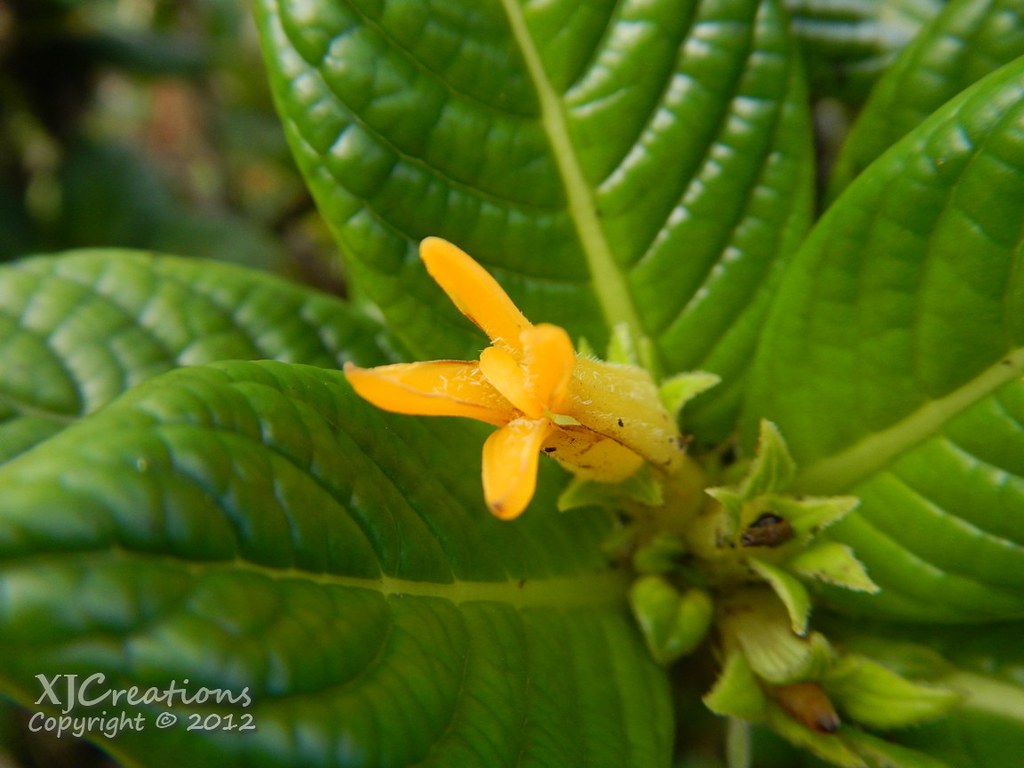 |
| Kāmakahala Flower |
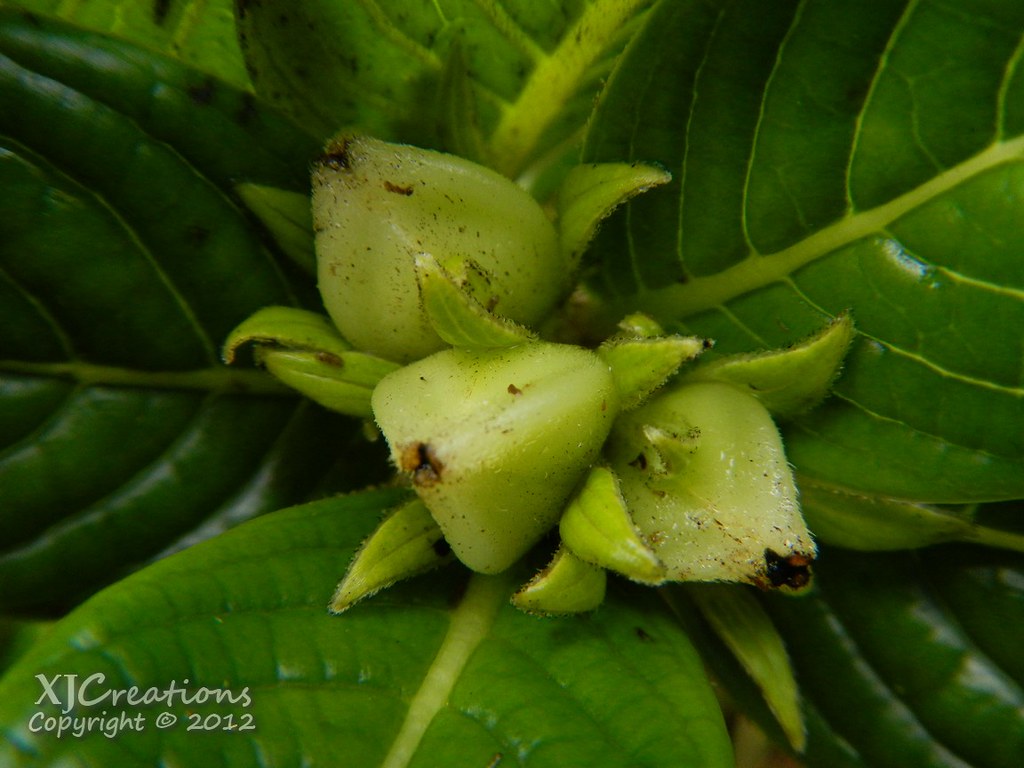 |
| Kāmakahala Fruit |
We took a left and made the short trek along the summit to the CCL Building at the top of the Stairway to Heaven.
We had lunch on top of the roof and each climbed the scaffolding that hold the two dishes up.
The vog spoiled some of the scenery but it's still hard not to appreciate the perspective.
We packed up our gear and headed back to the Middle Ridge junction and continued east along the summit.
Our hunt for Lobelias began as we approached the microwave relay station. Off the side of the trail Chris showed me this Oahu Cyanea, Cyanea calycina which Josh had noticed the week before. I can't believe I never noticed it before!
This rare plant is quite unusual with its sand papery leaf texture.
The blooms had already fallen so we couldn't see its bi-colored purple and white flowers. Luckily, blogger/hiker Joshua Serrano from 808 Goonies was generous enough to share this image of the bloom he'd seen on the plant about a week earlier.
We noted a fallen leaf and I discovered this slug happily munching away on the midrib. It had tunneled its way into the stem and emerged when I'd tapped on the leaf. There are no endemic slugs in Hawaii and this is a perfect illustration of the effects introduced species have on the native ecosystem.
Moving further down the ridge we spotted the Trematolobelia singularis flower spikes we'd come to visit and we were happy to see their flowers had begun to open.
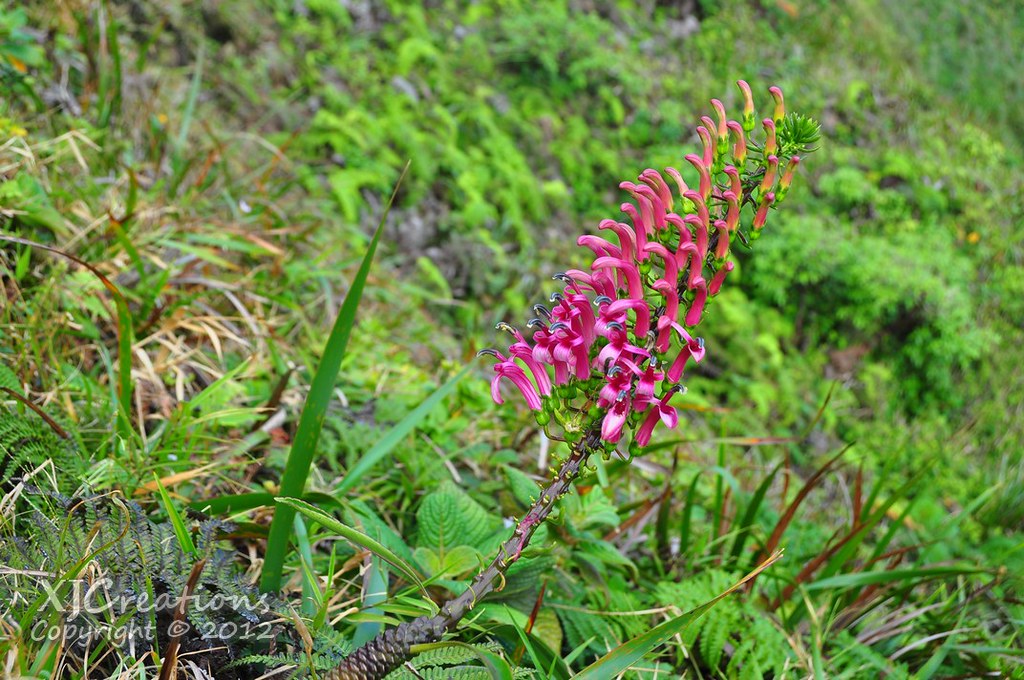
These endangered lobelia are found only in the Ko'olau mountains on O'ahu and are supposedly commonly known as Lavaslope False Lobelia although I've never heard anyone mention them by that name. T. singularis is named because it normally has a single flower spike while T. macrostachys normally has many.
Their deeper, richer purple coloration is very striking compared to the related Trematolobelia macrostachys with its lighter shade of pink. When not in bloom it can be difficult for an amateur like myself to tell which species I'm looking at. Luckily native plant expert Joel Lau was nice enough to share some of his wisdom on Flickr which I incorporated here:
His suggestion that the texture and sheen of the stem of the plant be used in helping identify the species is due to the number of flower spikes not being a reliable method of identification. A few of my shots with multiple branches on a T. singularis and a single branch on T. macrostachys.
We photographed several of these plants, some of which I'd seen on previous trips, and discovered a few more.
 |
| Flower paparazzi |
Our thirst for T. sinularis flower pictures quenched, we continued east scouring the terrain for more plants.
Chris found a few young Lobelia oahuensis plants near the dead stalk of one that had lived in the area. previously. The O'ahu Lobelia is found only on the Island of O'ahu and is also a listed as an endangered species.
I found one further down the ridge that looked a bit larger. Sadly, none of them were in bloom and I've yet to see their huge blue flower spike that reportedly can be as long as a meter.
Perched on a windward slope was this Lobelia gaudichaudii. The Ko'olau lobelia has a subspecies that is listed as endangered but without flowers it's nearly impossible for an amateur to tell the difference.
 |
| Ko'olau Lobelia |
We made our way carefully down the windward cliffs and tucked away in the vegetation he showed me a Cyanea acuminata, the Honolulu Cyanea. Simply amazing that he discovered this rarity way down here!
Cyanea acuminata is another endangered species found only on O'ahu. The number of plants left in the wild is estimated at less than 250 according to the USFWS. (Cyanea acuminata Five year Review)
I didn't really end up with very good set of shots. It wasn't overly dangerous but it was a little tougher to move around on the side of the steep cliffs. I settled for what I got!
We climbed back up to the ridge and after talking briefly with a pair of guys from Climb Aloha who were doing some work with the contractors building the footings for the powerlines HECO is replacing we started down Tripler for our return leg.
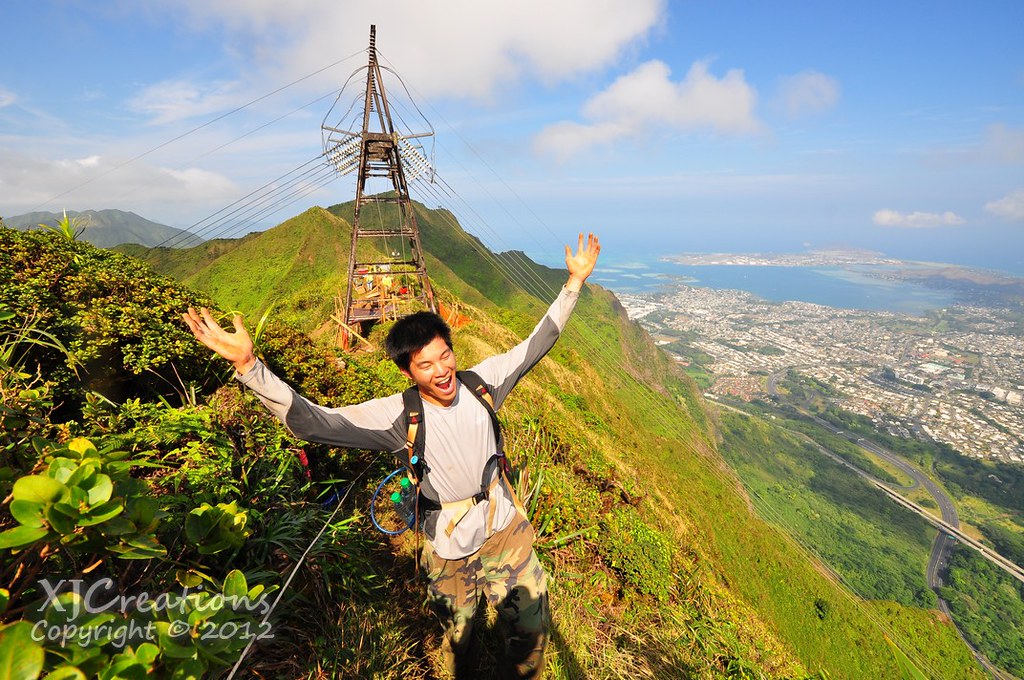 |
| We're alive! |
We elected to take Tripler down and passed three military looking guys heading up towards the summit. Tripler seems to be getting a fair amount of traffic keeping it mostly clear.
As we made our way back down the ridge we heard the rumbling of a thunderstorm building in central O'ahu. That gave us a little more incentive to keep moving so our cameras stayed mostly in our packs. I'd never been down the lower reaches of Tripler so Chris lead the way to the junction and down a steep spur ridge into Moanalua Valley below.
At some point it began to rain huge drops from the overcast skies. Strangely, there just weren't many drops so we never got soaked. We popped out on the dirt road on the valley floor next to marker 12 and headed back to the park and our cars.
While this is familiar ground, the extra time we spent hunting for plant life really made this a memorable experience and I feel fortunate to have been able to see some of these very rare plants up close in their habitat. A big mahalo to Josh Seranno for sharing his photo with me here and to Chris Wong for letting me tag along on his plant hunt.
More pictures from this trail and others I've done can be viewed on Flickr. Aloha and mahalo for reading!
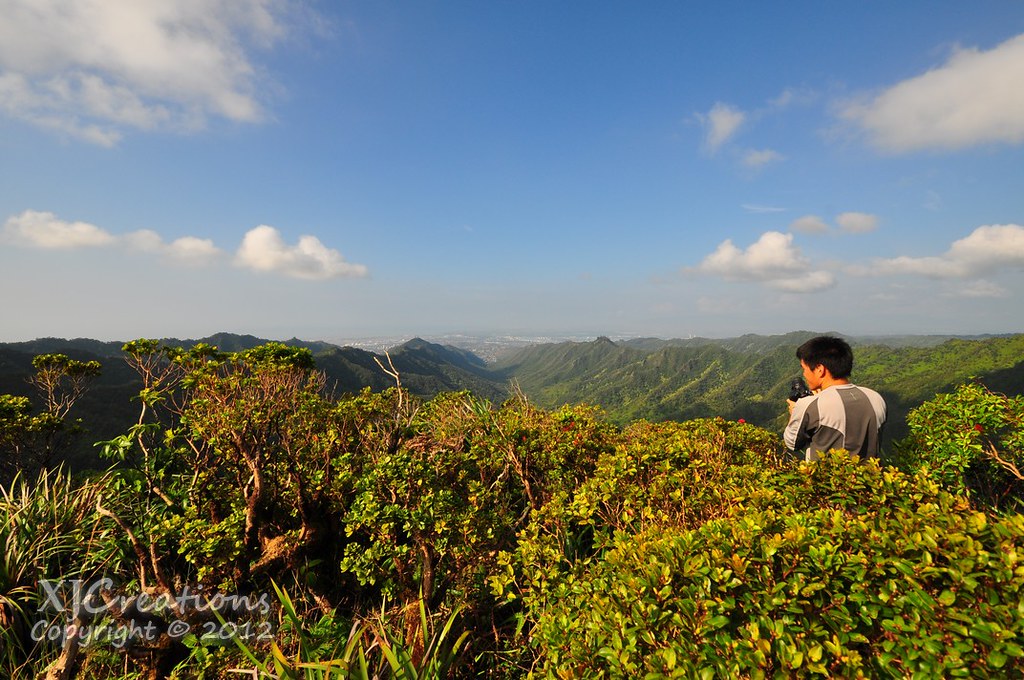
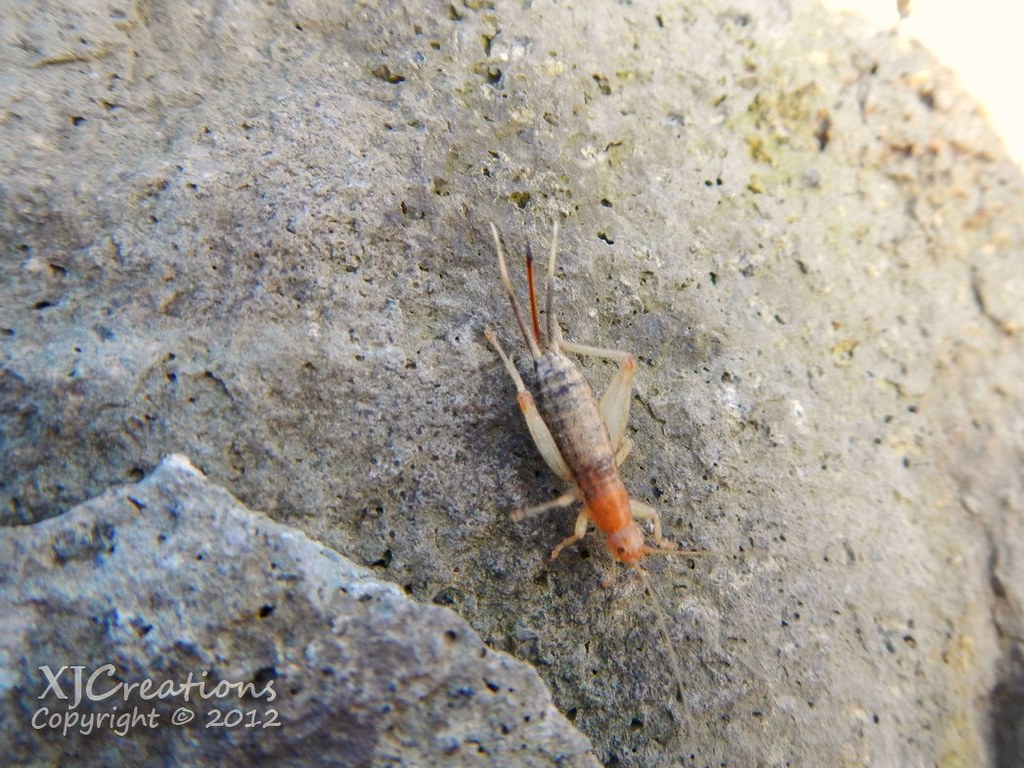
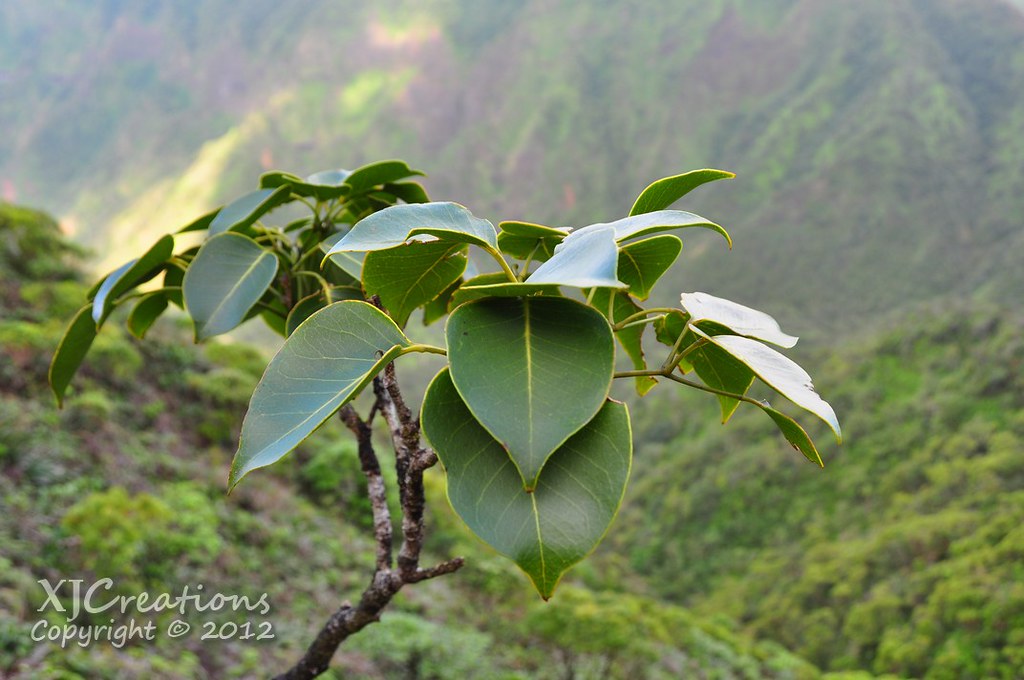

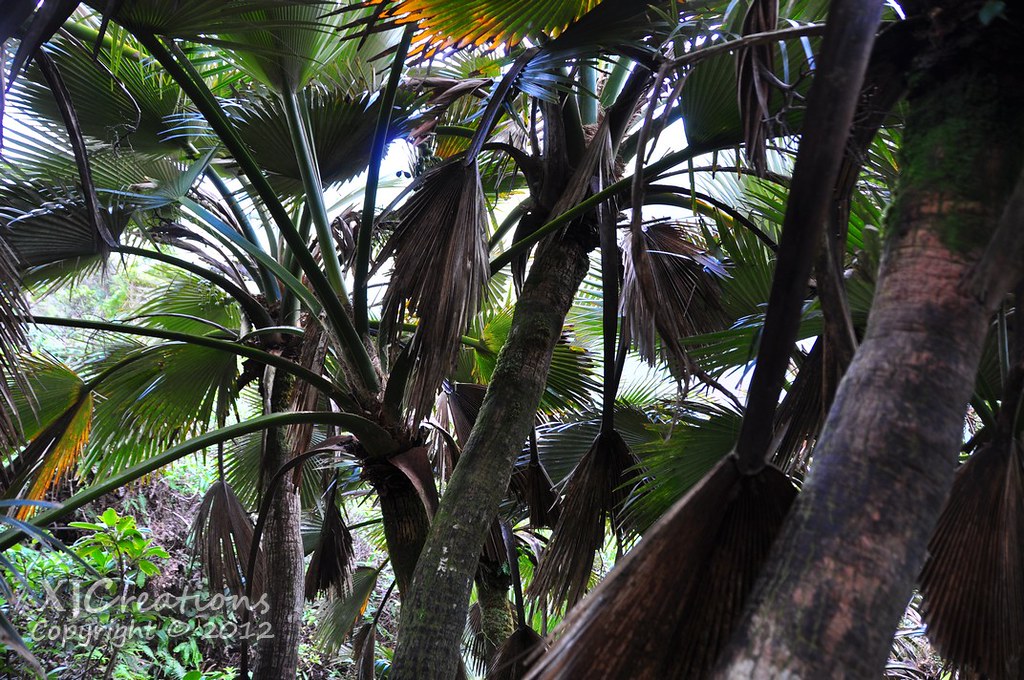
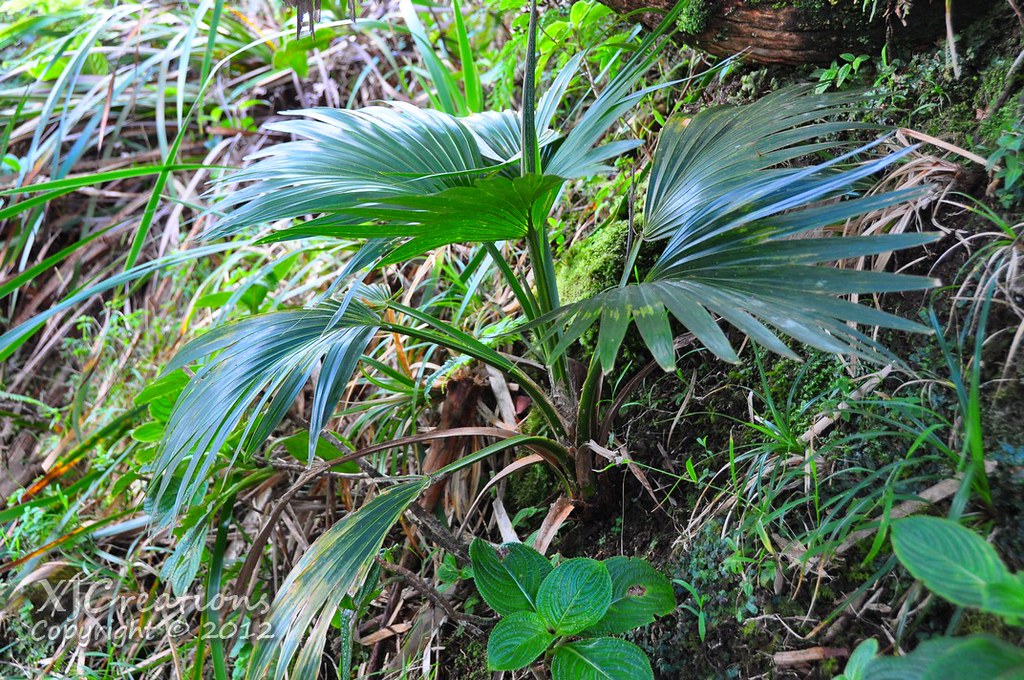

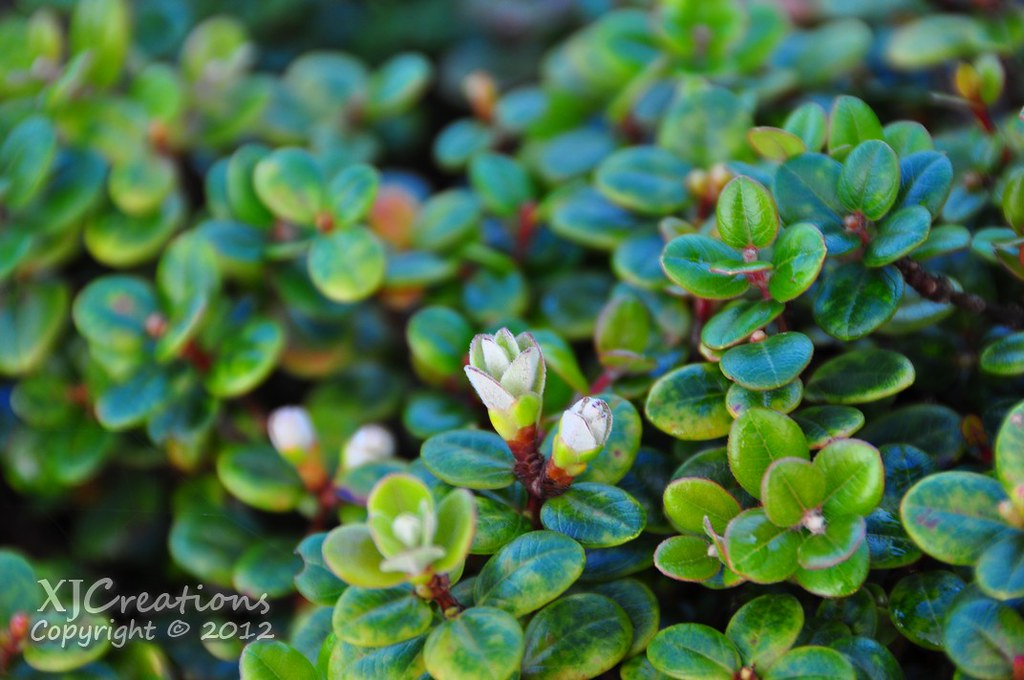
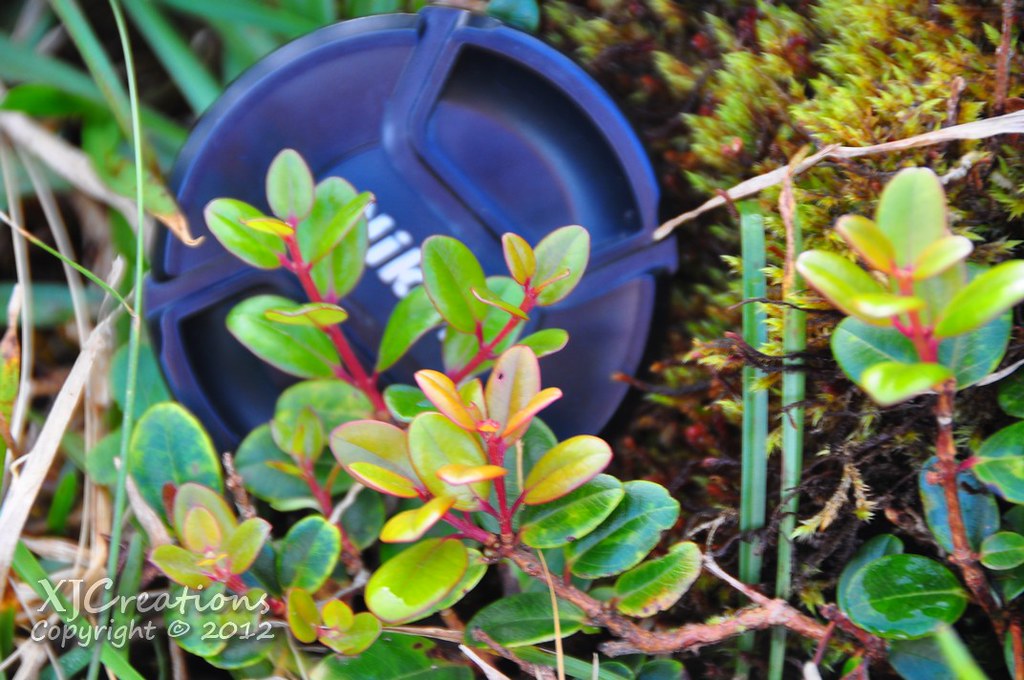
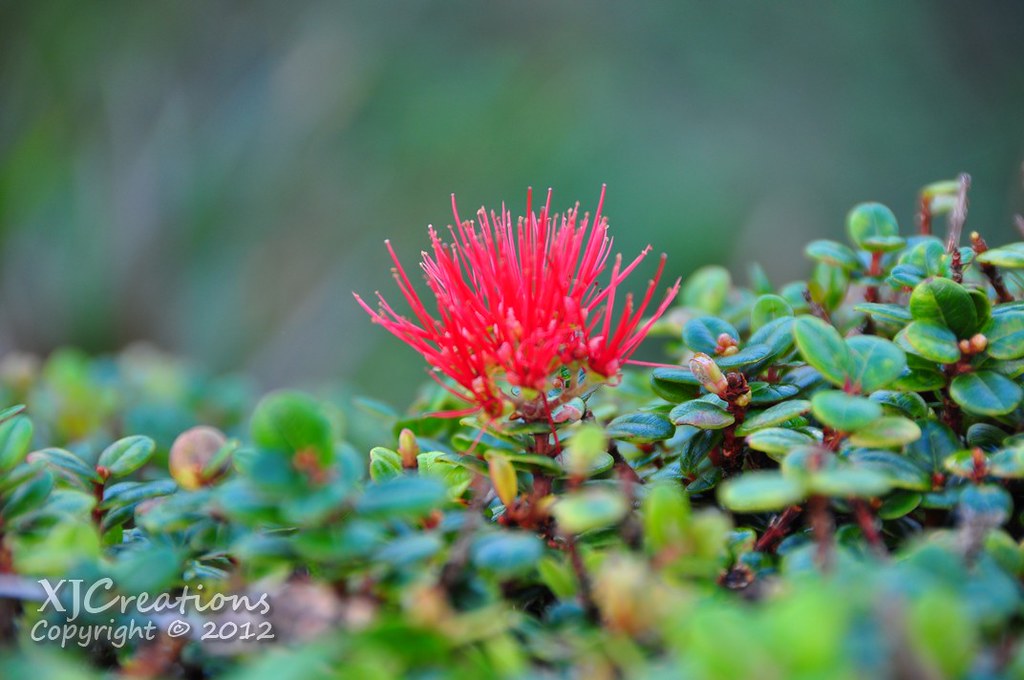


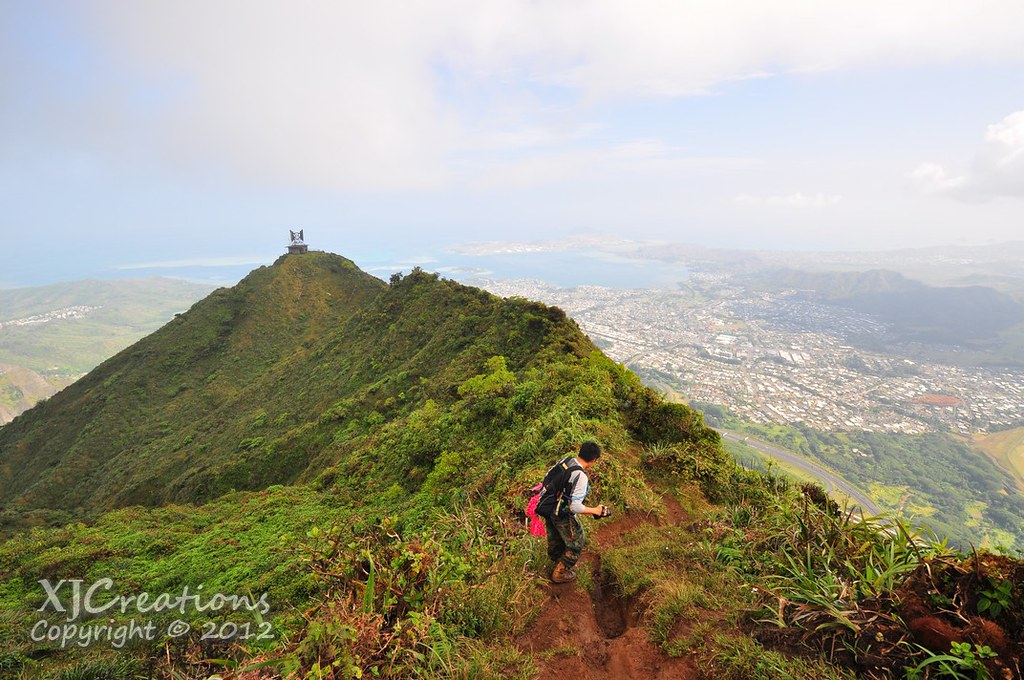

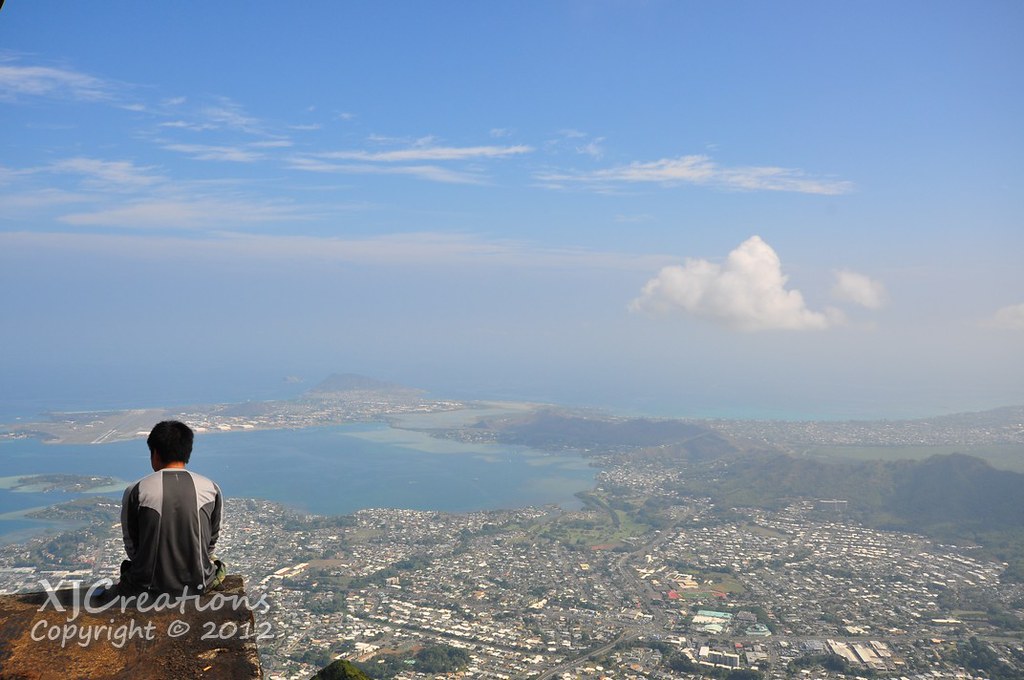
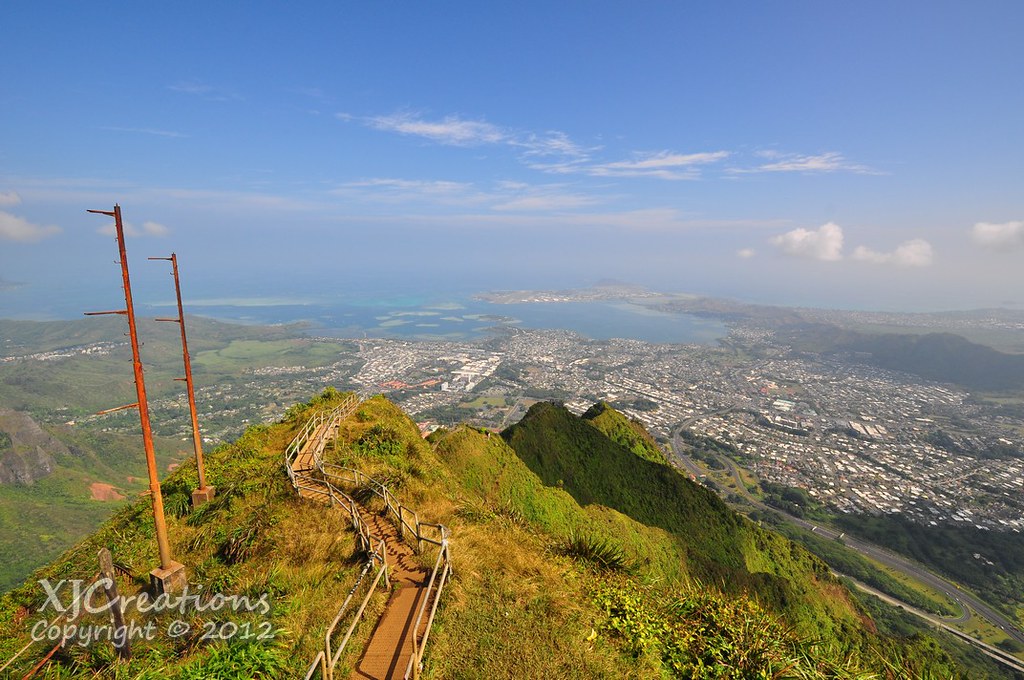
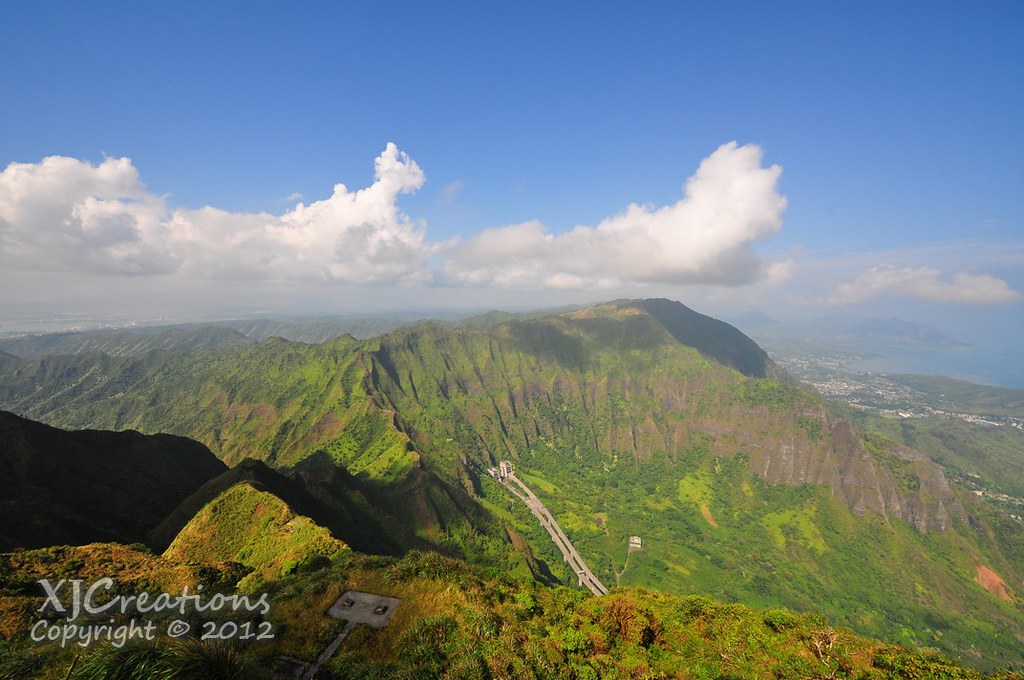
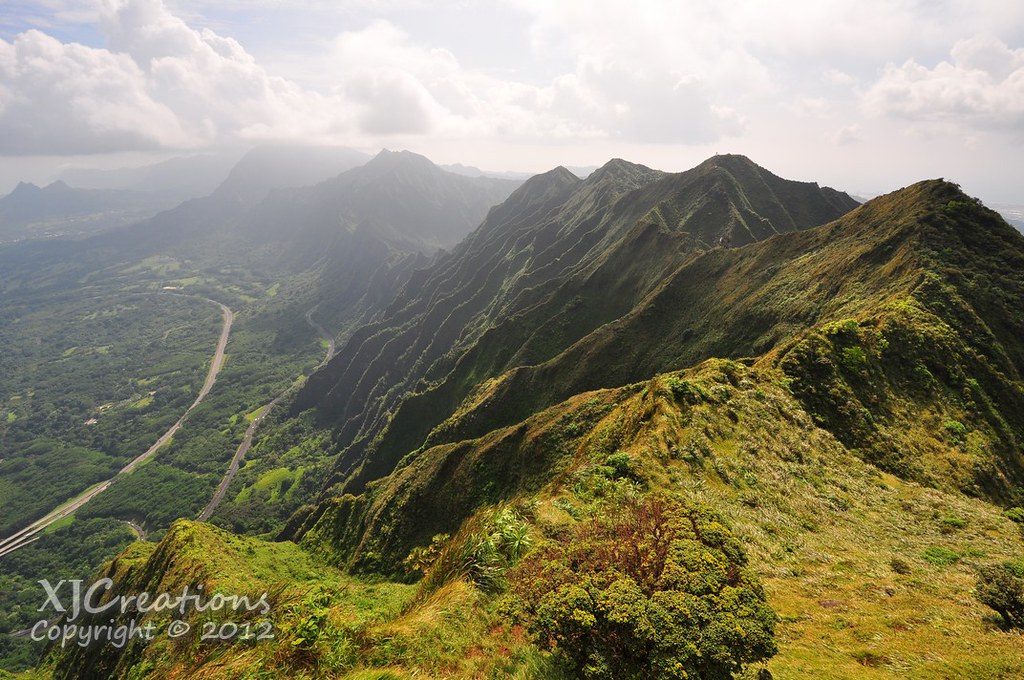
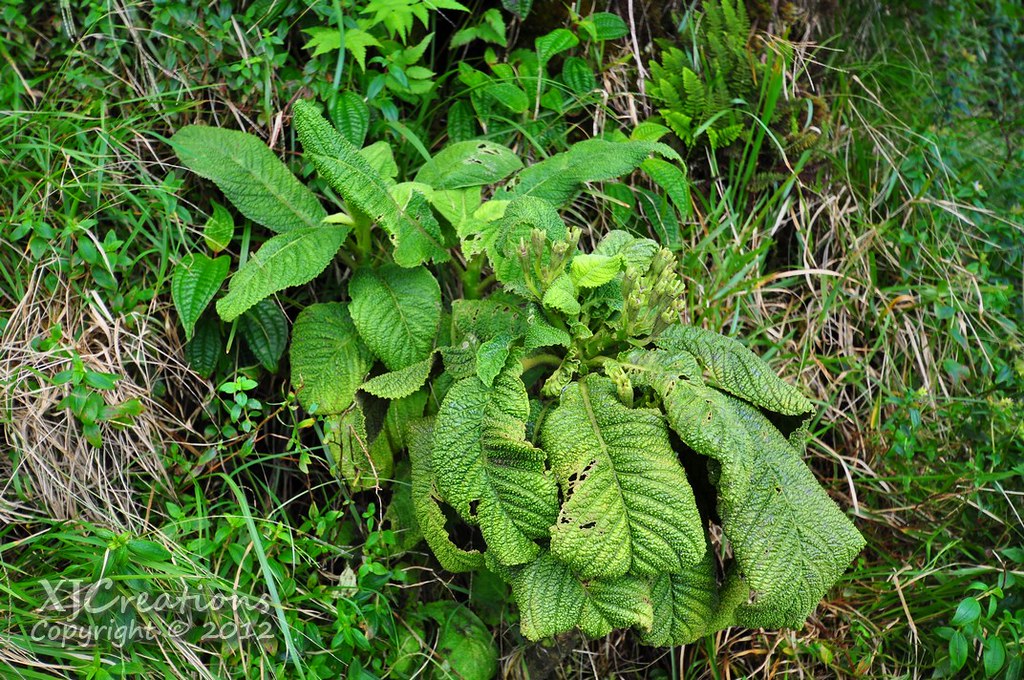



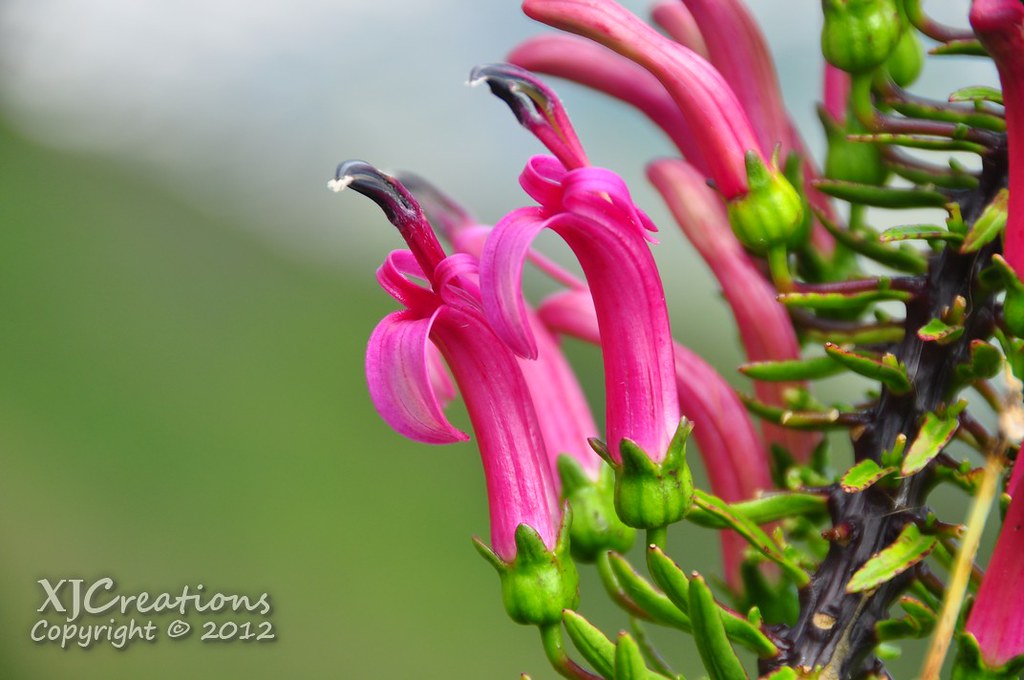






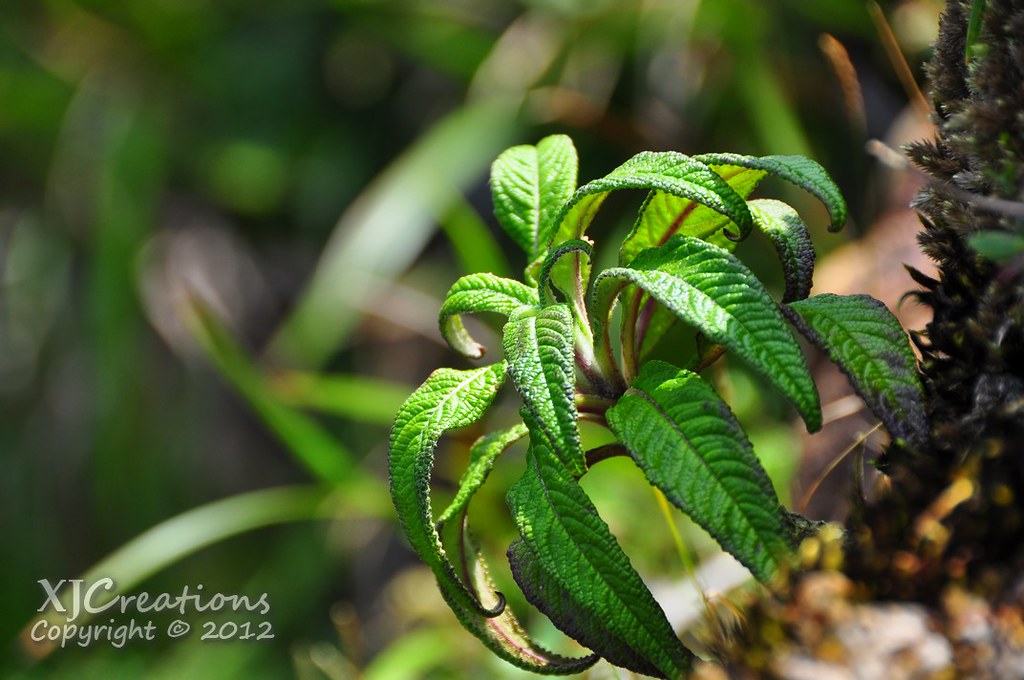


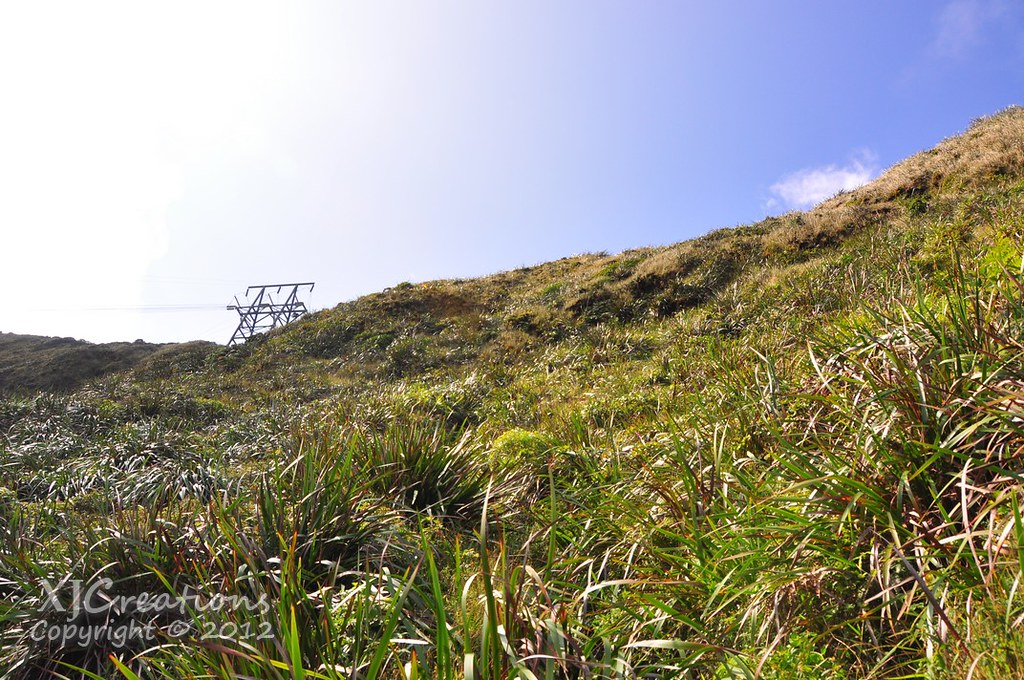
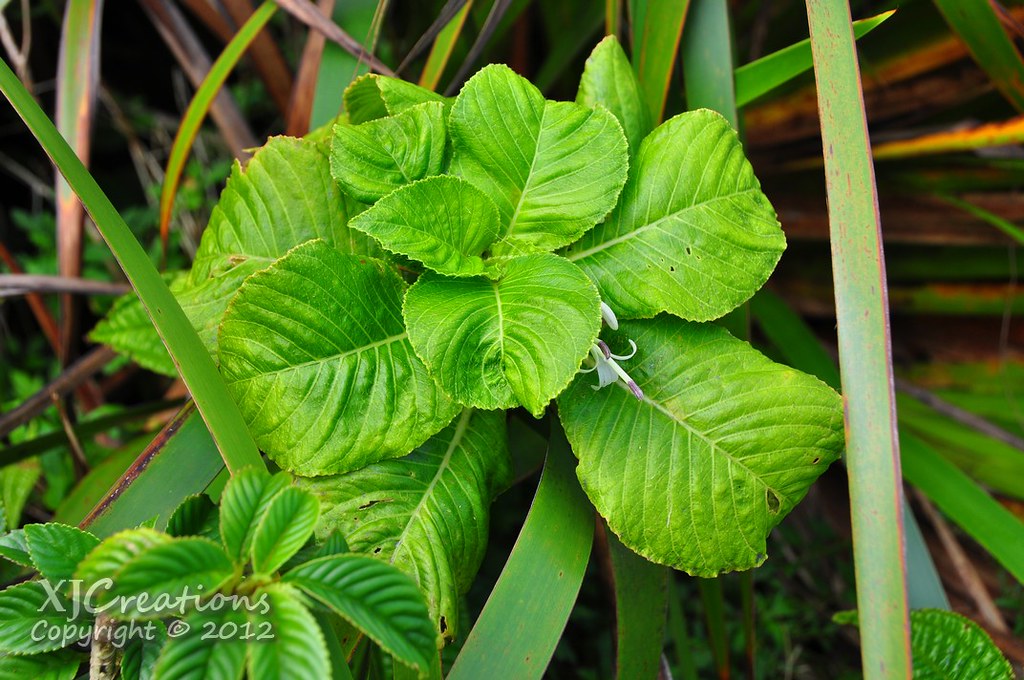
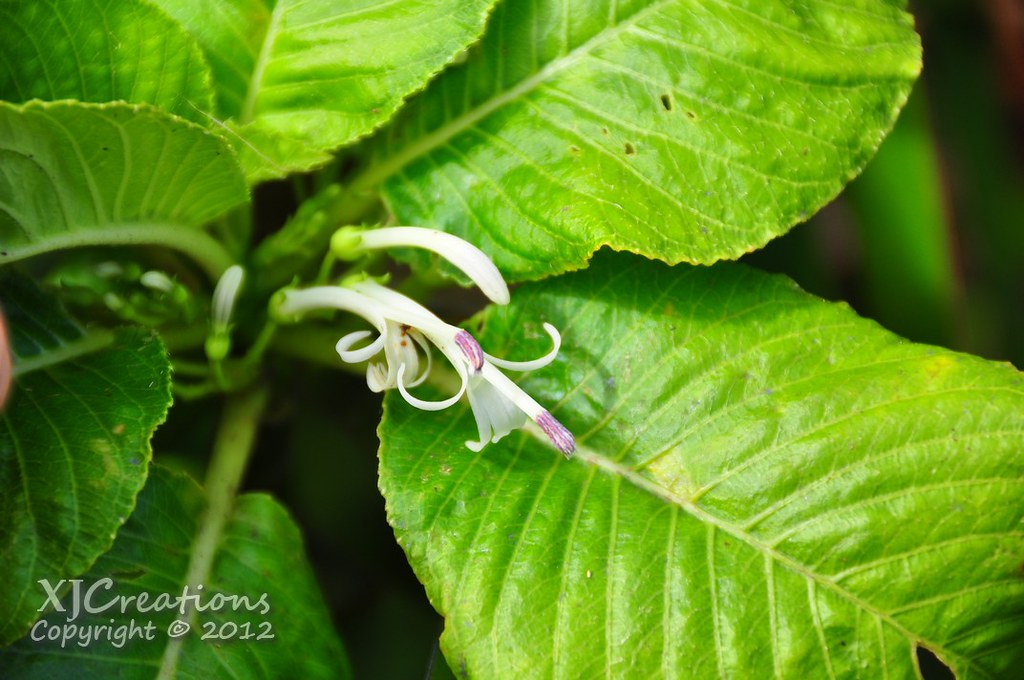
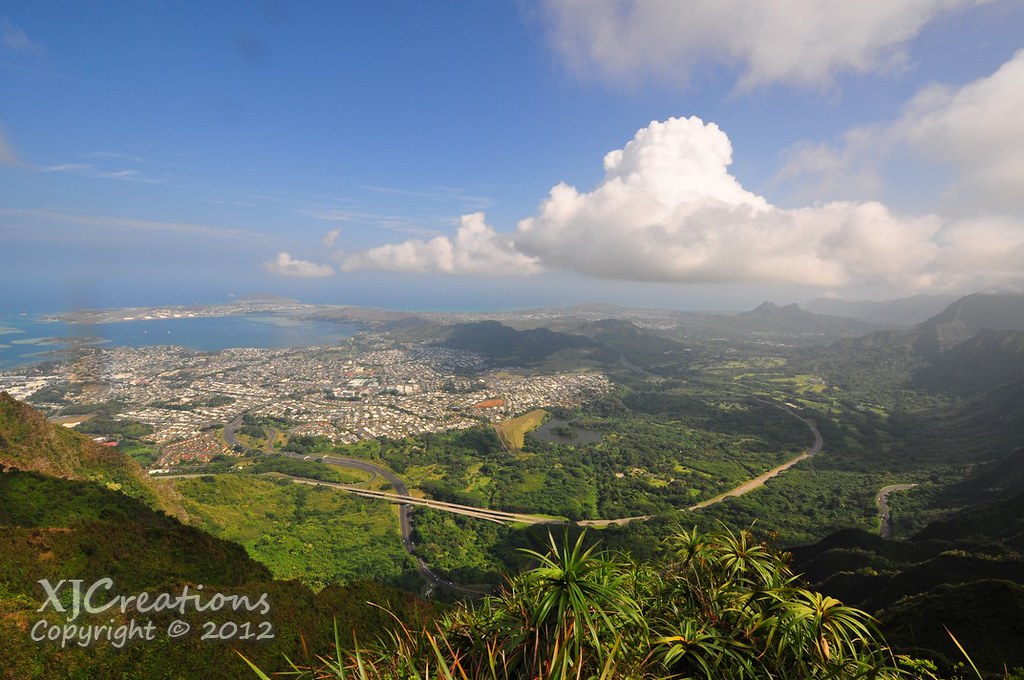

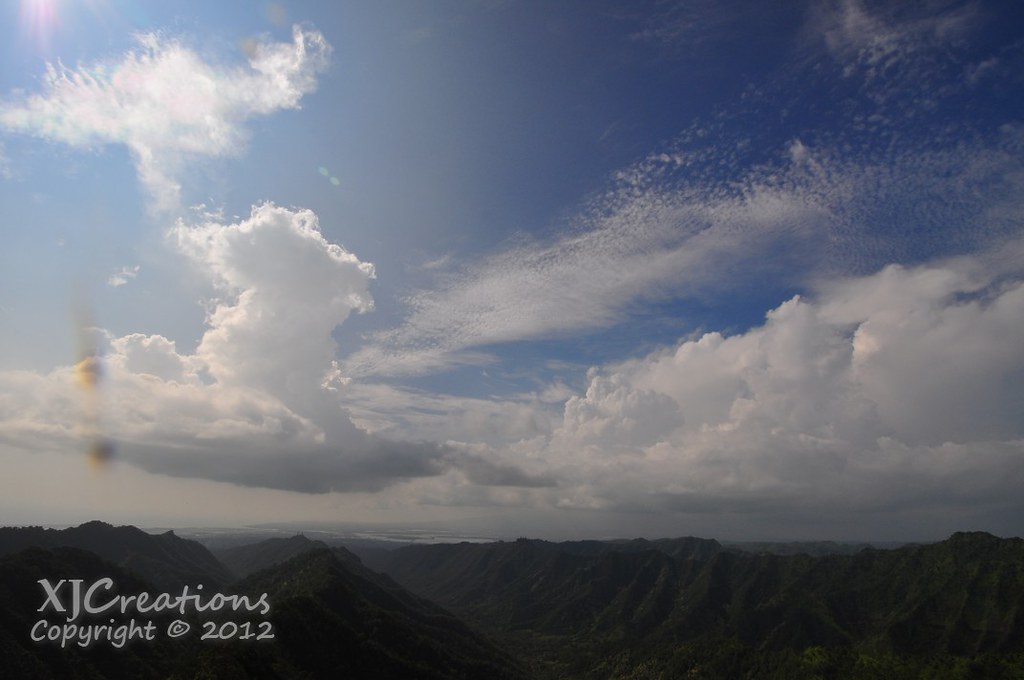
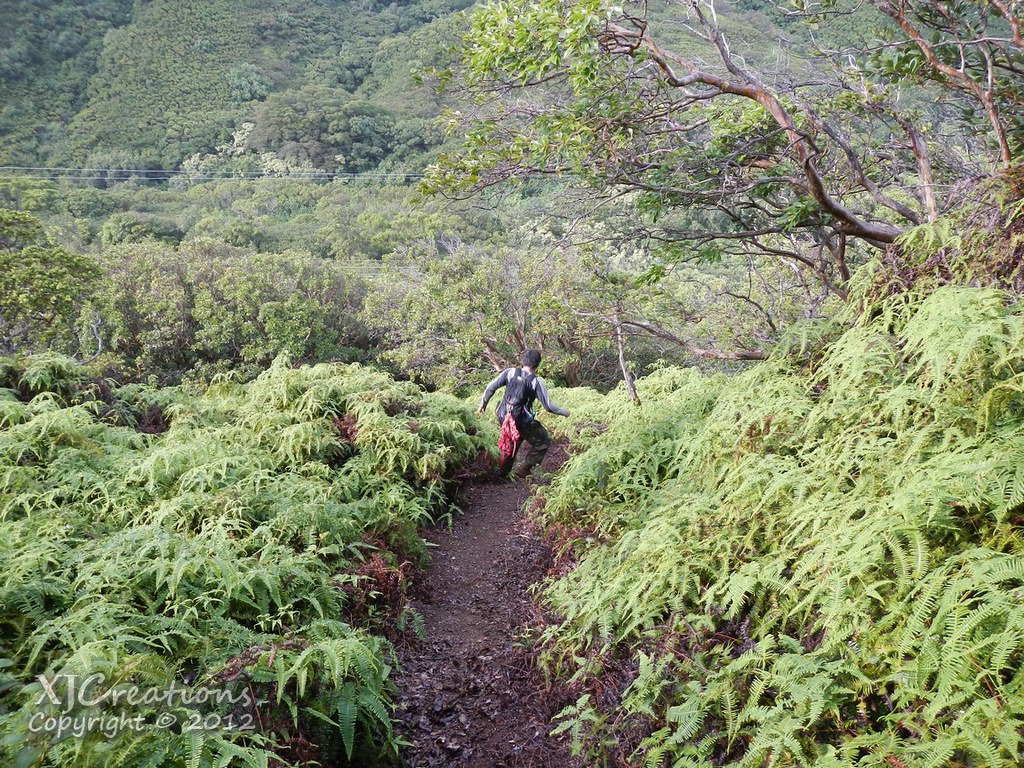
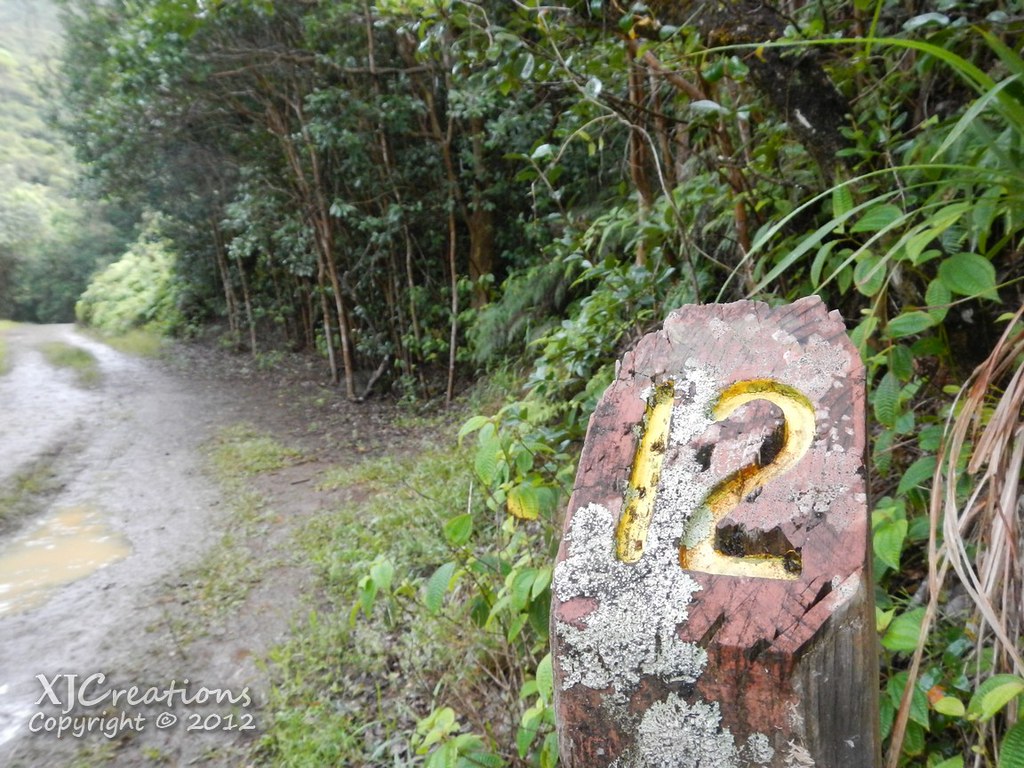

I have not heard much about Pu'u Palikea, nor Pu'u Heleakala until I had search for this blog,it seems a very interesting trail and worth to experience.
ReplyDeleterestaurants Sedona AZ